What did you think about this exploration of community?
The web film adventure of Season 1 of Planet Community was possible thanks to the over $11,000 donated from 135 supporters, the cooperating communities, our filmmakers Aaron and Rae of Skillly Media, and co-producers Corneilu Rusu, Runchero University and Aron Heintz.
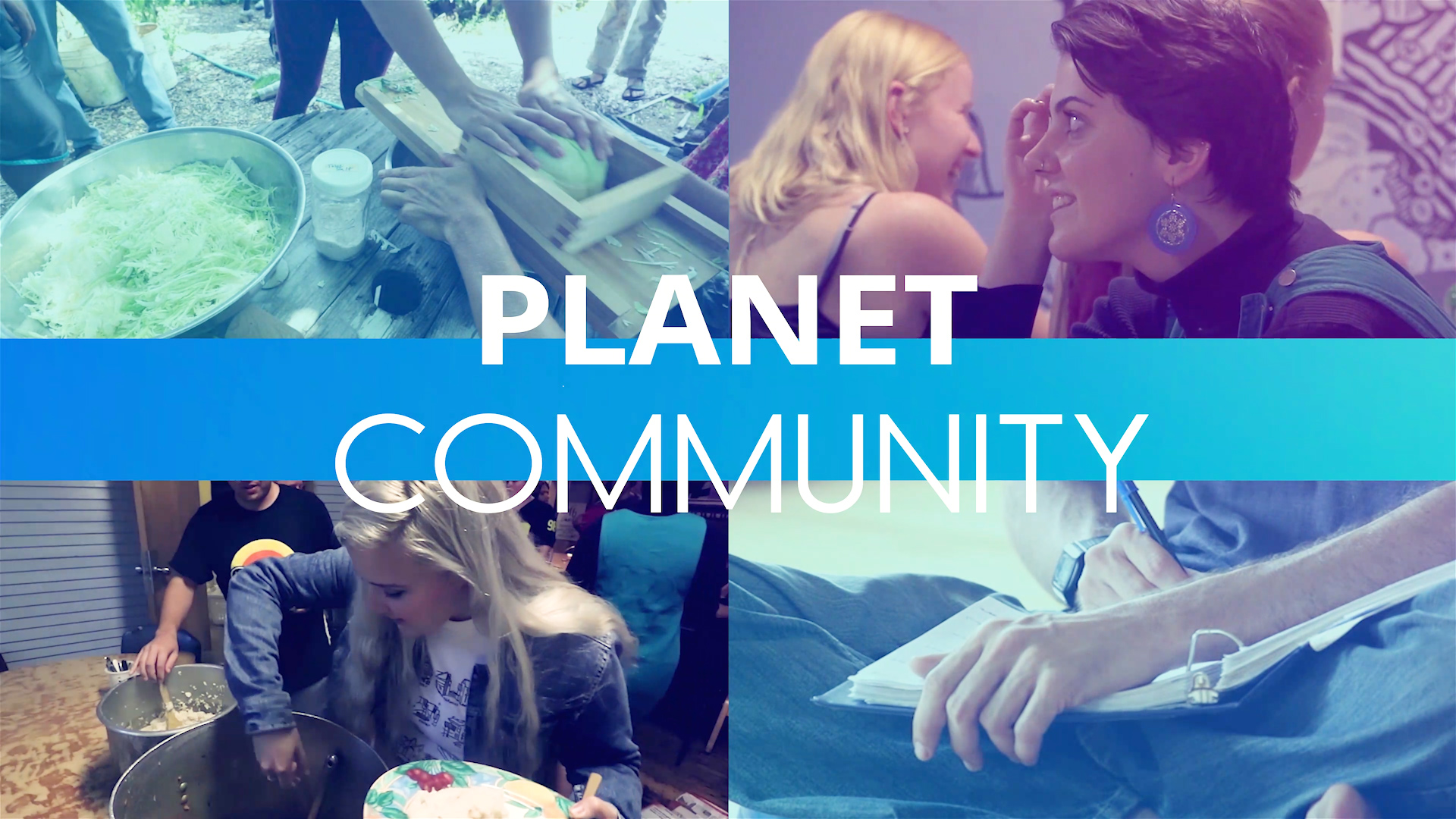
Take a moment to post an honest review!
View one or all of the five episodes filmed across the Midwestern U.S. on our YouTube Channel. Then comment to share your thoughts of this community exploration and its messaging.
- What is your big takeaway?
- Did you learn something new?
- Did we fail to communicate key points of living in community?
This series has had 10,875 views on YouTube – sharing solutions with the wider world to address the social, economic and ecological issues we face today.
Reviews shared include:
“Tip: Each video might point out one challenge in each community so it’s more authentic.” – Candy Carroll, YouTube viewer
“I appreciate the honesty and the openness. It has helped me to have a more realistic view of different people living together and to be more open to others diversities. Thank you for sharing.” -”Whats Natural,” YouTube viewer
“I’m delighted to be part of investing…in fostering new ways to help people see themselves in the story of communities. Every day I work with community seekers and founders who are hungry to experience what it is really like.” -Raines Cohen, project donor
“The take-away for me after this first tour is that folks who make any effort to connect deeply with people around them (especially by participating in the intentional community movement) are better able to access a wide range of human needs: healthy food, casual and positive social interactions, safe and affordable housing, more time for personal growth, a deeper connection to the seasons and the natural world, and much more.” -Aaron Murphy, filmmaker
Check out the following links to learn more about the communities featured in Season 1 of Planet Community:
Episode 1: Dancing Rabbit Ecovillage, Missouri
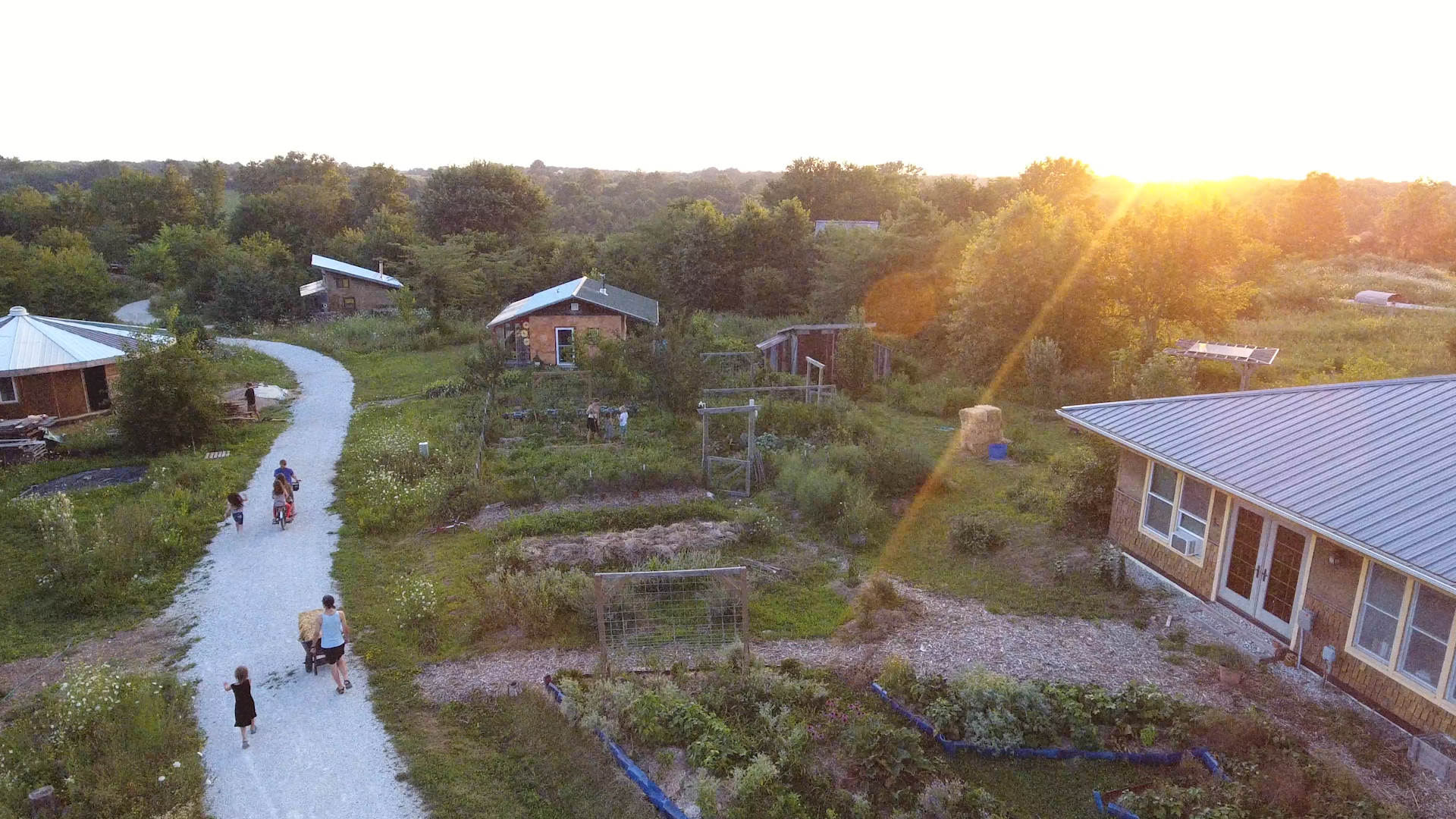
Episode 2: The Luther House and Inter-Cooperative Council, Michigan
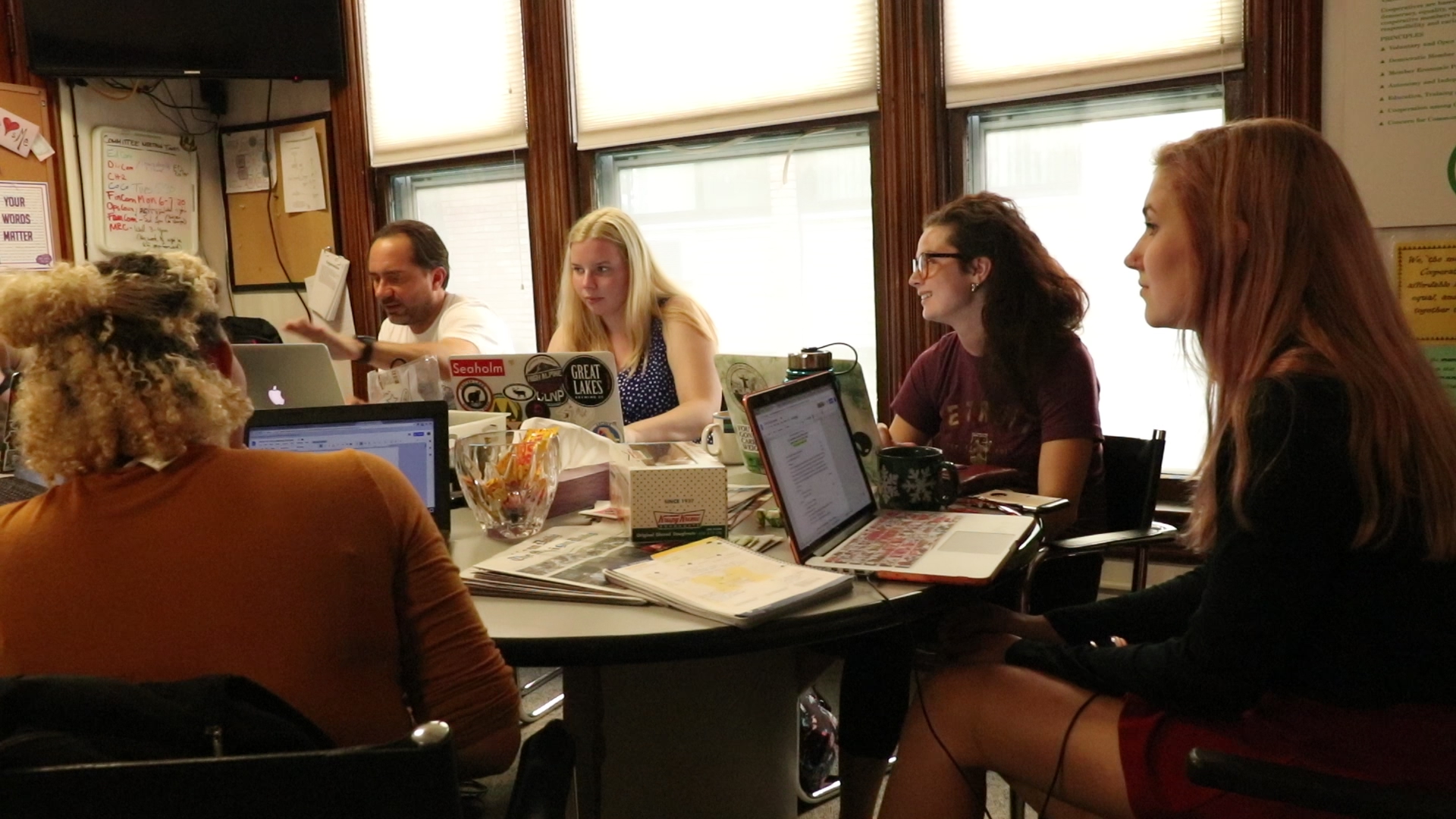
Episode 3: Enright Ridge Urban Ecovillage & Imago Earth Center, Ohio
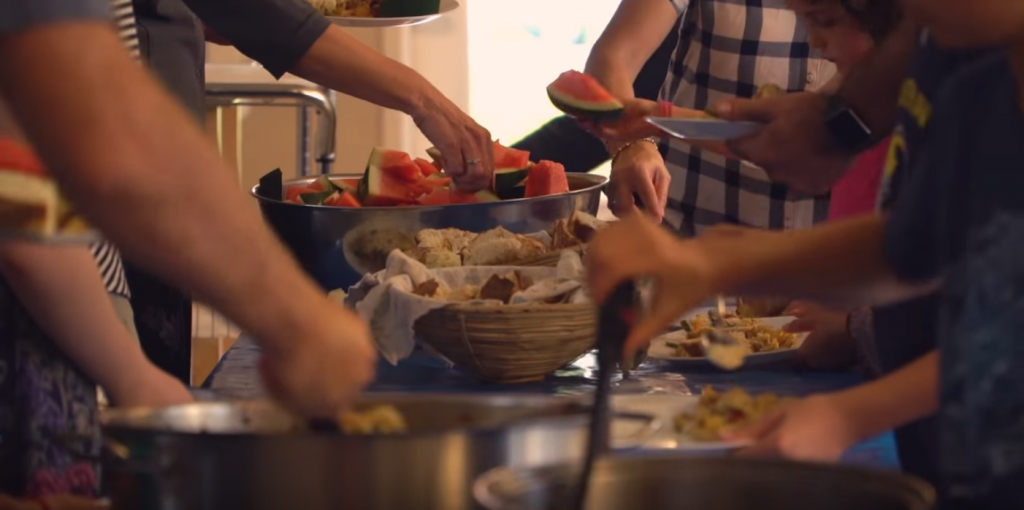
Episode 4: The trifecta cohousing communities of Touchstone, Great Oak and Sunward, Michigan
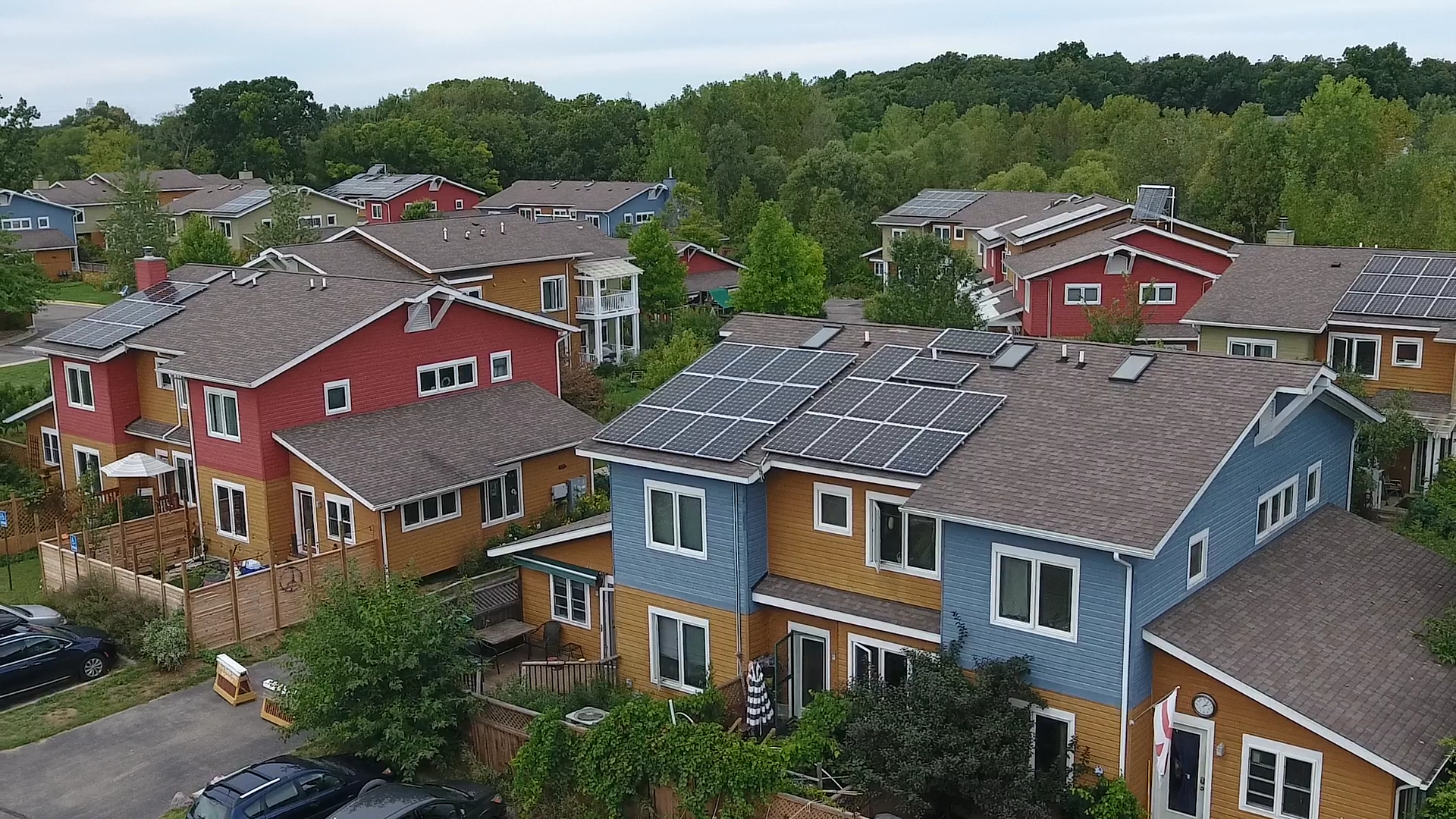
Episode 5: Black Oaks Center for Sustainable Renewable Living Community, Illinois
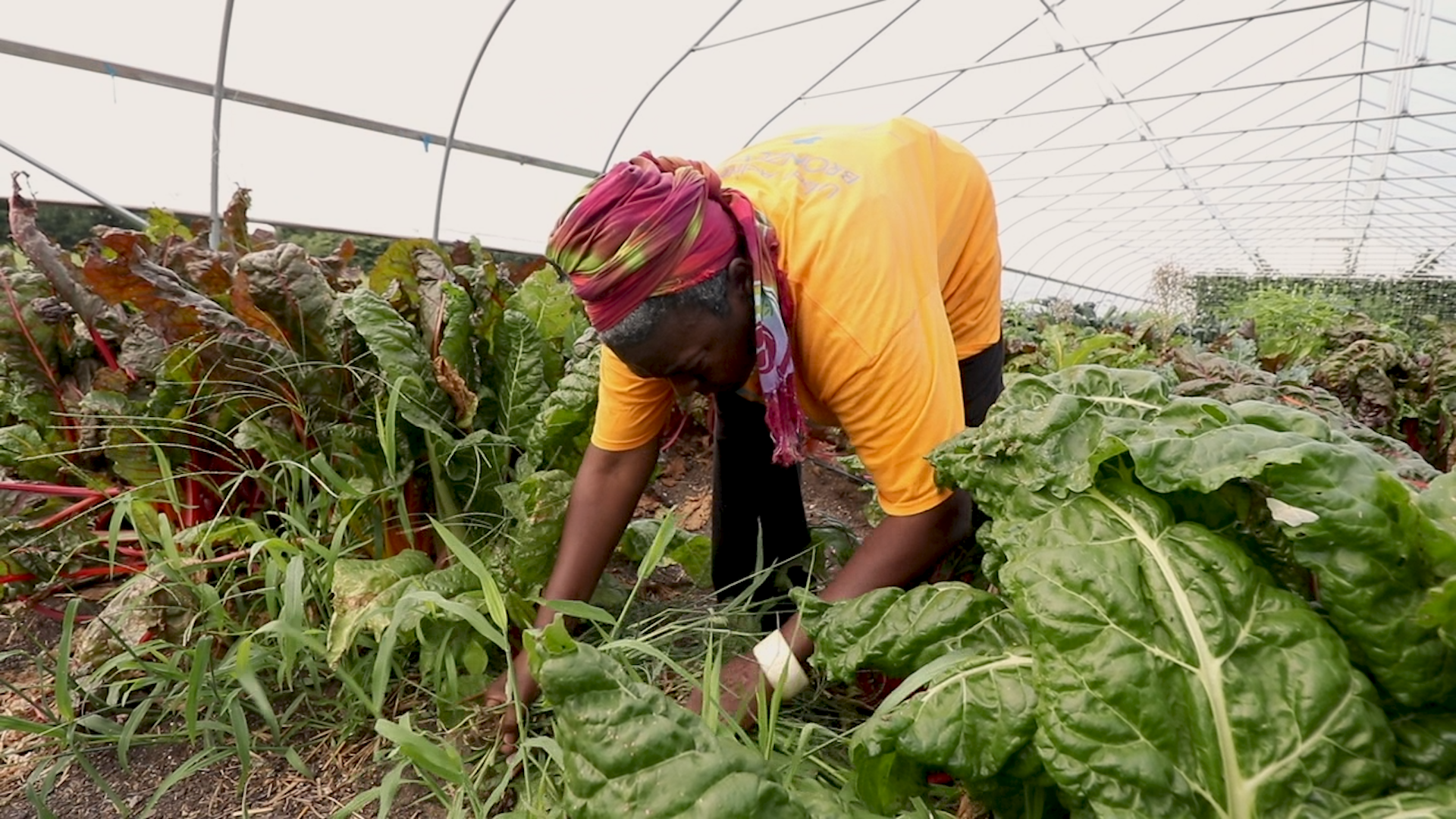
The planning for Season 2 is underway – stay tuned!
If you enjoyed these films, please support FIC’s efforts to steward the communities movement towards a better world!
You can support our work by joining us as a Member with a host of benefits, Donating directly, and Subscribing to Communities magazine. We also offer community building resources in our Bookstore.

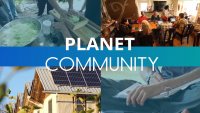












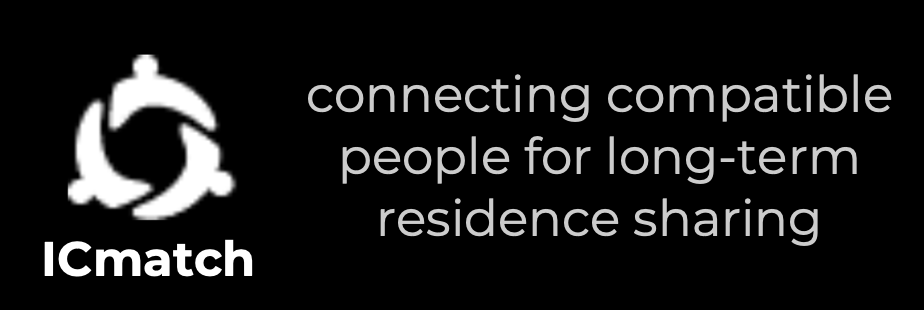


Jack
First, I think that doing this video series was a great idea and that continuing it would be useful. The videos look professionally done. I watched all the videos and my over all impression is that they were intended to be about living in community and they accomplished that. I left each video feeling I just watched an interesting video about living in community. What I mean by that is that I didn’t leave with a strong feeling that any particular thing should be added or subtracted. I think it was good to include some of the problems that can come up in community. And, I liked that Danielle mentioned that the FIC reminded them that Dancing Rabbit is part of a movement and also who their team is. I didn’t notice this aspect mentioned in the other videos. I do think that it would be good to get the notion that this is a movement into the videos, realizing, of course, that not all ICs see themselves that way. — Jack Strasburg
Oshri
Congratulations on completing the first season of the series! Very nicely and professionally done, the chapters are very compelling and inviting! What I would have liked to see in each chapter is a consistent display of some general information about each community reviewed, perhaps as superimposed text in the video. Containing information such as: Number of members, total land size and/or number of buildings, date of establishment, main revenue sources. Some of these were shown here and there but not consistently. Thanks